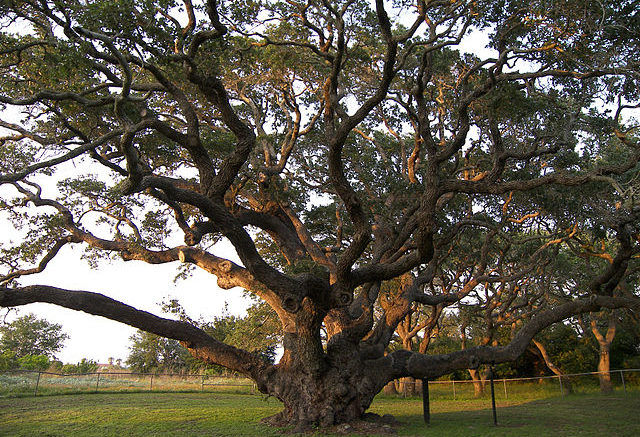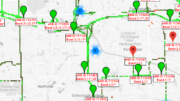If you’re asked if there are “obstructions” between your antenna or dish and another location, you might have sheepishly said no, not knowing what an obstruction is. It’s an awfully big word for something that is all around us.
Let’s put it simply
“Obstruction” is just a fancy word for something that comes between you and what you’re trying to see. In the suburbs, the most common obstruction is a tree that blocks the path between your antenna and the broadcast towers, or between your dish and the sky. The funny thing about an obstruction is that it can be super-obvious, like a giant tree on your property. It can also be a little bit harder to see, like a large hill a few miles away. Obstructions come in all shapes and sizes.
Why are obstructions a problem when radio waves can pass through things?
Yes, it’s true that radio waves can pass through things that light can’t. That’s the principle that guides everything from your cell phone to the imaging equipment that is used to find life-threatening problems without surgery. However, it’s not a superpower. It does have limits. When radio waves pass through something, there’s always some energy loss. This is true of light as well. Light is always less powerful when it passes through something, even a window. If the obstruction is large enough, like a giant hill, it’s going to block enough of the signal to cause a problem.
The makeup of the thing between you and the towers can also be a problem. For example, typically hills have a lot of iron in them. Iron is a very common thing on our planet, and it blocks radio signals pretty darn well. A thin sheet of it like your car’s body work isn’t going to cause too much trouble. However, a half-mile of iron-filled dirt is going to be a big problem. Iron is also present in trees and a lot of other living things (such as humans.) It’s not the only thing that can block signal either. Pretty much any metal will block signal fairly well. You’re probably aware that lead, for example, blocks signal extremely well.
Get rid of obstructions, get good line-of-sight
The path between your antenna or dish and the thing it needs to see is called “line-of-sight,” by the way, and if you have good line-of-sight it means that you can see what you need to see. Or, at least, your dish can… those satellites are awful small and hard to see with the naked eye at 22,000 miles away. Luckily, if you’re trying to get over-the-air TV signals or cell signals, you have a better chance because they’re a lot closer.
Get the help you need from Solid Signal
If this article didn’t go far enough to answer your questions, ask an expert! Get free tech support by calling the folks at Solid Signal. We’re here for you during East Coast business hours at 888-233-7563. Call us! We won’t give you a phone tree or an overseas call center. We’ll give you the time and expertise you need. If it’s after hours, fill out the form below. We’ll get back to you quickly!





